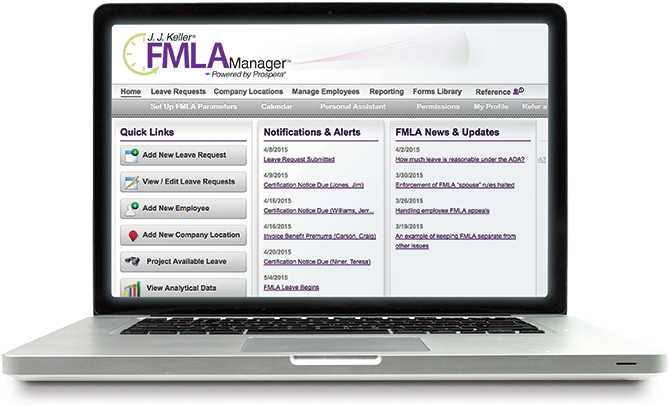FMLA has a specific definition for family members
The American family has evolved over the decades, and even over the years since the FMLA was enacted. Therefore, it’s easy to see how knowing who are considered family members for purposes of the FMLA can be challenging.
Under the FMLA, eligible employees may take leave to care for a spouse, parent, or child. Obviously, this does not specifically include aunts, uncles, siblings, or other family members. There could, however, be some wiggle room, as the definitions of those family members are as follows:
- Parents (biological, adoptive, step, foster, or anyone who stood in loco parentis to the employee when the employee was a child — does not include parents in law).
- Children (biological, adopted, foster, step, legal ward, or a child of a person standing in loco parentis; the child must be either under aged 18 or age 18 or older and incapable of self-care because of a mental or physical disability).
- Spouses (must be legal marriage as defined by state law, which could be a common-law marriage — does not include civil unions or domestic partnerships).
Part of the wiggle room, involves individuals who will stand or who stood in loco parentis. These are people who generally put themselves in the situation of a lawful parent by assuming the obligations incident to the parental relation, even without going through the formalities for legal adoption. Generally, the individual must have or had day-to-day responsibilities to care for or financially support a child. A legal or biological relationship between the “child” and “parent” is not required.
Therefore, for example, if Joe Employee’s aunt stood in as a parent to Joe when Joe was a child, Joe could be entitled to FMLA leave to care for his “parent”/aunt. If not, the aunt would not fall under the FMLA’s definition of family members for which Joe could take FMLA leave.
Having power of attorney, being the only family member available, or cohabitating does not automatically create a family relationship for purposes of the FMLA. The relationship would need to fall under the definitions.
In the example involving Joe, he may be asked whether his aunt stood in as a parent and, if so, he could be asked for reasonable documentation or statement to that effect. Joe would generally get to choose what to provide, but if he provided a simple statement, he could be asked that it be put in writing. The FMLA Manager actually has a sample statement of family relationship form.
This article was written by Darlene M. Clabault, SHRM-CP, PHR, CLMS, of J. J. Keller & Associates, Inc. The content of these news items, in whole or in part, MAY NOT be copied into any other uses without consulting the originator of the content.
You may also enjoy the following articles:

The J. J. Keller FMLA Manager service is your business resource for tracking employee leave and ensuring compliance with the latest Federal and State FMLA requirements.